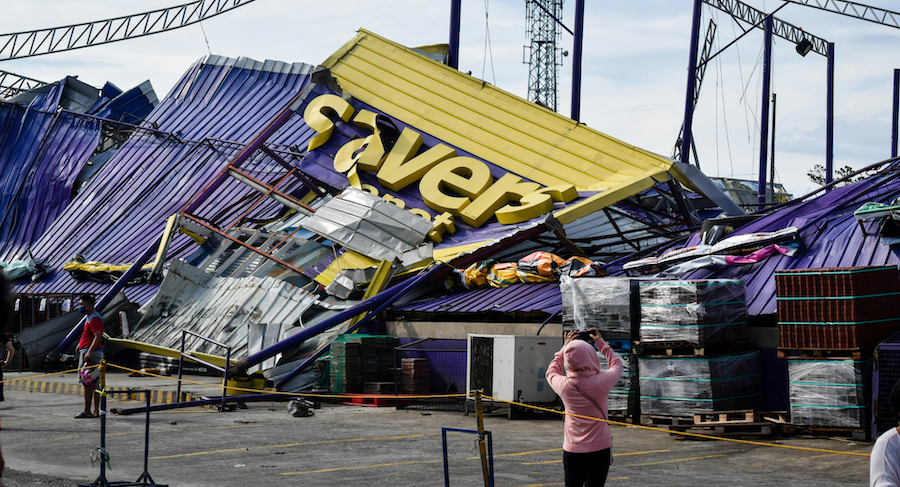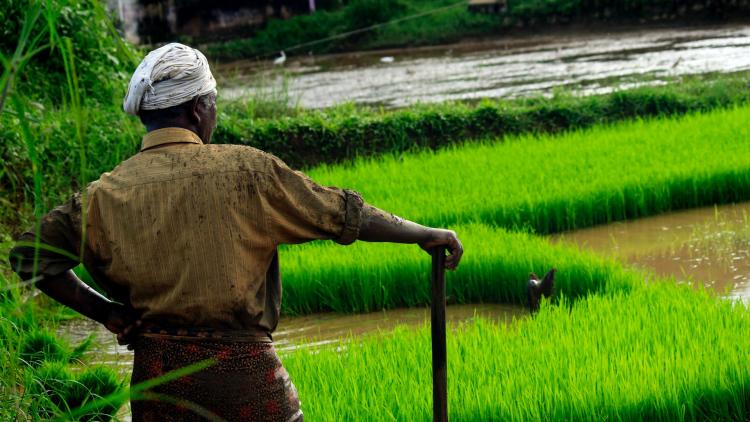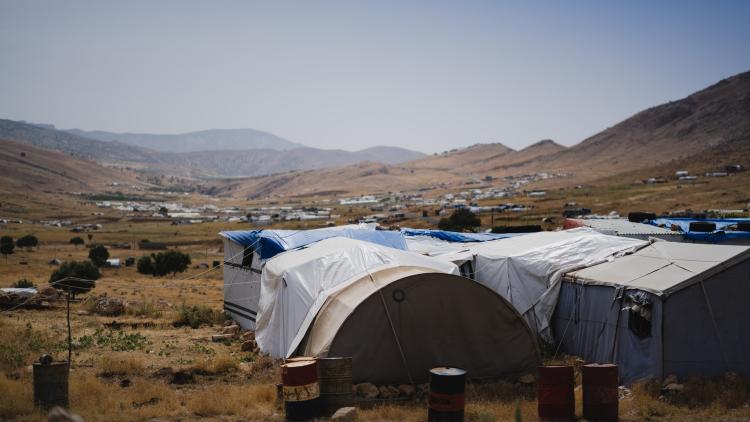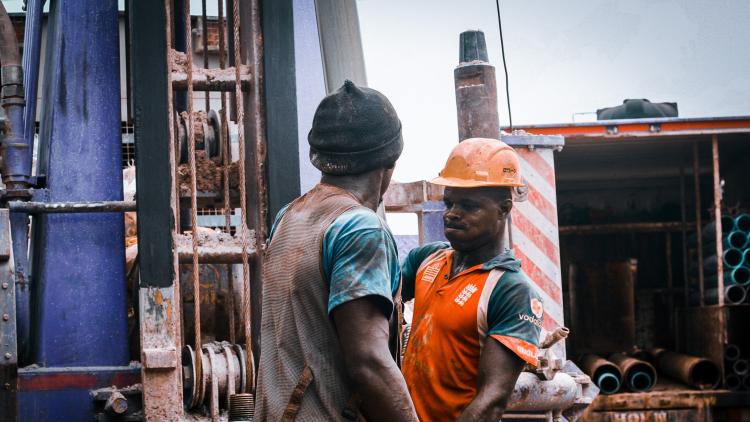Poverty, disasters and human trafficking: Unravelling the connection
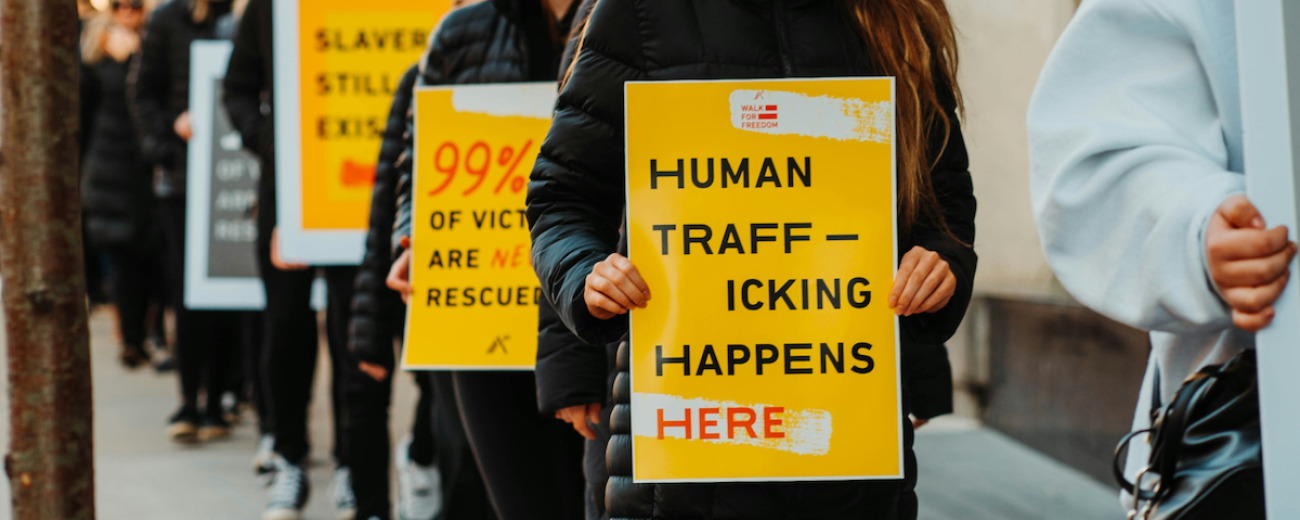

Dr Chris Weeks speaks to Ayat about his new research, which highlights the invisible challenges faced by communities post-disaster, creating an environment conducive to exploitation.
In 2013, Typhoon Haiyan hit the Philippines. 6000 people died, making it one of the deadliest typhoons in history. Dr Chris Weeks was working for an international aid agency at the time and was sent there to help.
Whilst there was death and destruction, Chris repeatedly heard locals speaking about how women and children were, in that particular period of time, at a greater risk of trafficking. This kickstarted his research, from which he learned how many women and children turned to off-the-books employment to survive, often in unfamiliar cities where they were alone and vulnerable. This desperate endeavour frequently resulted in abuse, manipulation, and trafficking.
Dr Chris Weeks visited three trafficking shelters in the city, engaging with 33 survivors. These encounters unveiled a complex repetition of exploitation, manipulation, and abuse.
Turning to the often-overlooked voices, Chris visited three trafficking shelters in the city, engaging with 33 survivors. These encounters unveiled a complex repetition of exploitation, manipulation, and abuse. I spoke to Dr Chris Weeks, in the Department of Development Studies at SOAS, about what he found in his research 'Human Trafficking in the Wake of Disaster: A Phenomenon Displaced'.
Vulnerabilities are exploited
While a correlation between disaster and trafficking is acknowledged, it is not direct. Disasters intensify factors like poverty, compelling individuals to seek work. Many women trace the roots of their plight back to a particular storm that destroyed their homes, forcing them into unfamiliar cities in search of employment. The breakdown of law-and-order post-disaster also exposes children and women to increased abuse.
There is also individuals' lack of paperwork—a result of their humble backgrounds or destroyed belongings—which often leads them to off-the-books work. This, coupled with unfamiliarity and a lack of a support network, renders them particularly vulnerable to exploitation and manipulation.
Poverty as a key driver
Poverty emerges as a key driver of trafficking in the aftermath of disasters where economic opportunities dwindle. Factors such as perpetrators reoffending due to victims' reluctance to report, corruption facilitating trafficking by colluding with law enforcement, and the impact of lost documentation during disasters, hinder formal employment seeking.
Urgent action is needed to address heightened vulnerabilities during and after disasters.
Dr Chris Weeks's work shows that case studies and on-the-ground investigations are a valuable resource for policymakers, enabling a deeper understanding of the risks faced by communities in the aftermath of crises and facilitating the implementation of measures to shield the most vulnerable from falling prey to exploitation.
While rapid-onset disasters hit the headlines, slow-onset disasters, such as annual flooding or drought, are also contributors to elevated trafficking risks. With over 40 million people estimated to be trapped in modern slavery due to trafficking, urgent action is needed to address heightened vulnerabilities during and after disasters.
Chris's paper and many other research publications can be found in SOAS's free, online, and publicly available database.
Image credit: Hermes Rivera via Unsplash.
About the author
Ayat El-Deen is the External Communications Officer at SOAS University of London.
